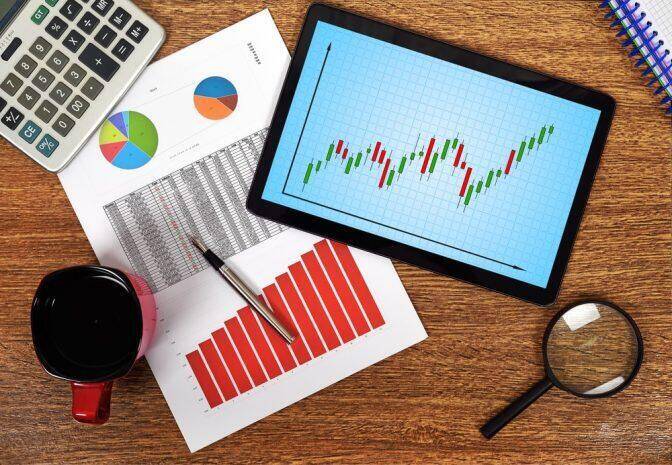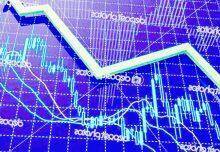
A beginning trader not familiar with the different trading tools might wonder, “What is economic calendar?”

An economic calendar is a blueprint of schedules of economic updates, data releases, and other key figures and economic indicators, this is part of fundamental analysis. Job employment rate, GDP growth rate, and interest rate cuts are some of the reports found in an economic calendar. This is made available in forex trading platforms and even in online news sites.
The economic calendar serves as a compendium of data releases to feed traders with key figures that will help them decide and make trading strategies to gain more accurate price movement and in effect, make the right trade decision.
In a sea of market feeds and updates, traders might have a hard time identifying which events have a greater impact on the price movement in the market and which ones are less significant. Events in the economic calendar are graded or classified based on their level of impact on the market’s price movement to help traders. But this functionality in the economic calendars varies from one service provider to another.
Events with little to no market significance are considered as “Low.” Events that may affect the market prices are marked as “Medium” and are signaled by a yellow dot indicator while the most significant news updates with high market price impact are known as “High” with a red dot indicator.

Understanding Risk-Management Benefit of Economic Calendars
For optimal opportunity, it is best to check the economic calendar every morning before plunging to the foreign exchange market and write down the most significant events.
During the market downtime and quiet hours, a trader must be cognizant of every risk there is during trading. This is seen when the trader finds the difference between the entry price and stop-loss price, with the position size multiplied to it. The product must be not more than 2% of account equity and should be 1% or even lower.
The trader gets out of the trade at the stop-loss order at the price the trader expects given the liquidity and tight spread. However, released market events labeled as “High” impact can change the complexion of trade conditions. The chance for slippage or worse-than-expected price on an order gets relatively higher.
When this happens, the trader could not predict what data release to pop out or how many orders will surge into the markets during its release. To control risks, experienced traders usually close out their trade positions three to five minutes before the release of economic updates. They also take a hiatus in the markets until such time that the high-impact data are released.
Utilizing the Economic Calendar
Traders glance at their online economic calendar as often as necessary to keep themselves abreast of key developments in the business and financial sector. These developments serve as their guide to make sound and practical trade decision in entering the foreign exchange markets. To capitalize on the current market situation, traders need to learn how to use the forex economic calendar effectively and work on their advantage.
Economic calendars also vary in forms and format, depending on the class asset being traded. The economic calendar for the USA and the economic calendar for China are the constant fixture economic calendars on the radar of forex traders.
Using this tool correctly will ease the trader in making trade decisions during crucial times and save him the time of learning when and when not to place trade orders.




